by Iuliia Astashova
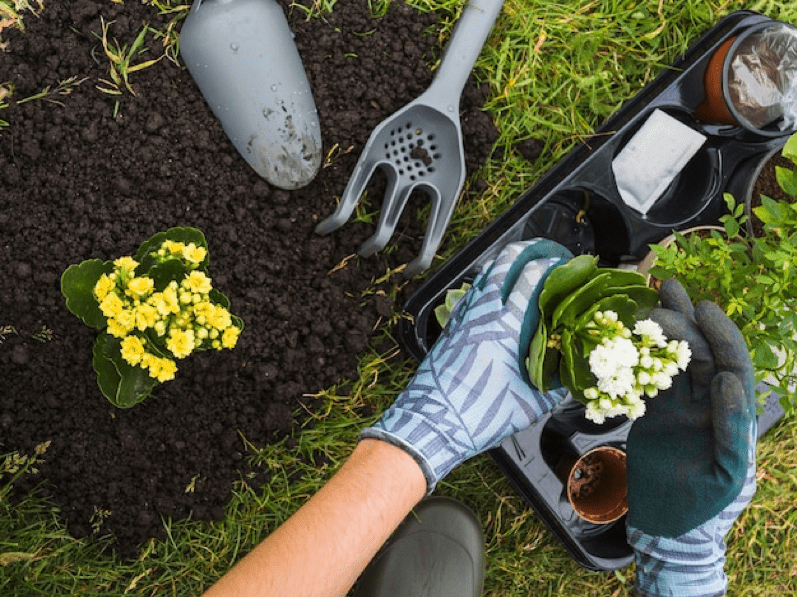
In a life full of hustle and responsibilities, it can be incredibly difficult to find peace and calm. People are so immersed in their routines and work that they often neglect their internal well-being. It’s no surprise that, in the midst of all this rush, mental health issues like apathy and depression can arise. This article will first explore the connection between gardening and environmental wellness, and then provides tips for starting your own garden.
Research has shown that our mental health is closely linked to the environment we live in, which is why it’s crucial to embrace the concept of environmental wellness—living in a safe, comfortable space and fostering a connection with nature. Taking care of the environment not only helps protect it but also has positive effects on our mental health.
There are many ways to practice environmental wellness, including cycling, recycling, observing wildlife, and enjoying the beauty of nature around you. Gardening is another excellent activity that enhances your connection with nature and boosts your overall well-being. It offers a wide range of benefits for both your physical and emotional health.
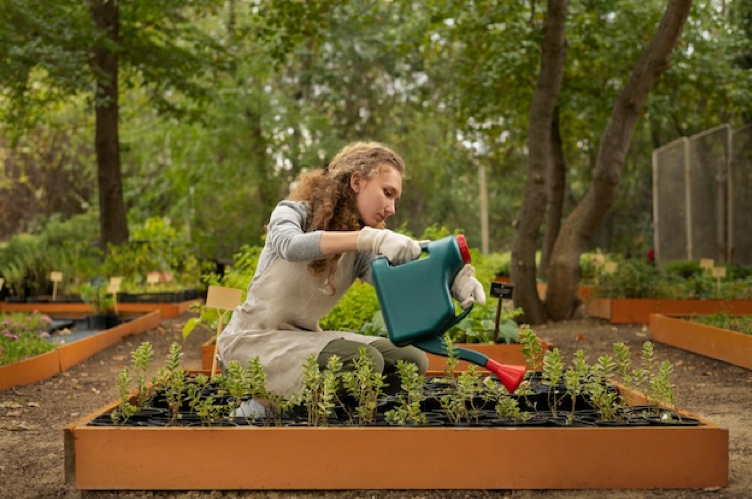
Studies show that incorporating gardening into your daily life can significantly improve mental health. Spending time in green spaces and placing yourself in natural settings reduces stress levels, which are often heightened in noisy urban environments. Gardening also improves mood, relaxation, and quality of life. Being surrounded by plants and flowers creates a calming atmosphere, fostering a greater sense of life satisfaction. Community gardens also offer a valuable opportunity for social interaction, reducing feelings of loneliness and isolation.
“One of the most important things each of us can do for the future is to deeply commit ourselves to the restoration of ecological systems and to our own relationship with the land, for land and mind are linked.”
Robin Wall Kimmerer
Gardening also positively impacts physical health. It promotes physical activity, which can lower blood pressure and reduce obesity, helping prevent conditions like heart disease, diabetes, and cancer. Gardening physical activities such as digging, raking, and mowing can be even more effective for your body than going to the gym. Moreover, growing your own vegetables and fruits encourages a healthier diet by increasing your consumption of fresh, homegrown produce.
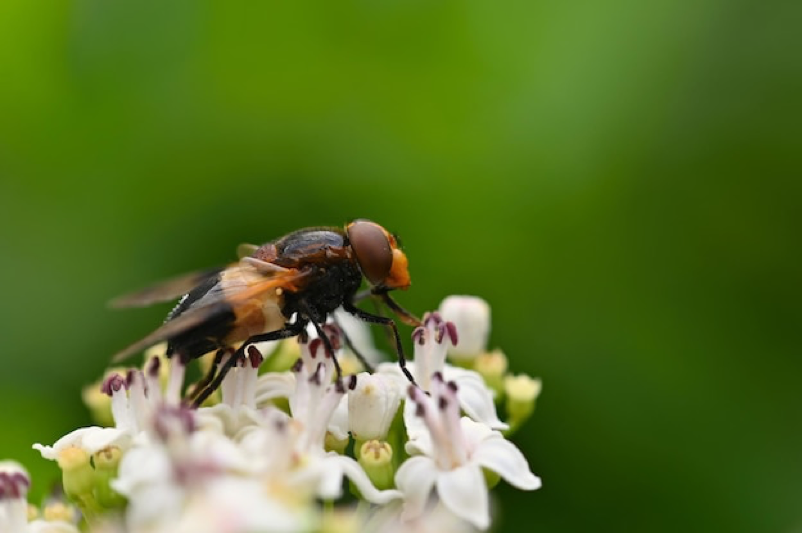
Gardening benefits the environment, particularly pollinators like bees and butterflies. Pollinators are essential for maintaining plant diversity, ensuring crop production, and supporting wildlife food chains, especially for species like songbirds. By creating a garden with diverse flowers and native plants and limiting pesticide use, you can help sustain pollinator populations and contribute to the overall health of the ecosystem.
Here are the tips for starting your own garden and practicing environmental wellness:
- Choose Plants Suitable for Your Region: When selecting plants, research which types are best suited for your climate and growing conditions. Native plants or hardy perennials are a great option, as they often require less maintenance. Additionally, consider your personal preferences—whether you want a vegetable garden, flowers, or decorative shrubs. Be mindful of the planting depth and spacing to ensure your plants have room to grow.
- Gather Essential Tools: You’ll need basic gardening tools such as a shovel, trowel, and a watering can. If you’re planning to maintain a hedge or topiary, invest in garden shears. For shrubs and roses that require regular pruning, a pair of secateurs will be necessary. High-quality tools will make your work easier and last longer.
- Assess Sunlight and Shade: Pay attention to the light conditions in your garden space. Use your phone’s compass to determine which direction your garden faces. South-facing areas usually receive the most sunlight, making them ideal for sun-loving plants like tomatoes or lavender. Shadier spots are better for plants like ferns or hostas. Matching the plants to the sunlight they need will ensure they thrive.
- Prepare Your Soil: Plants need nutrient-rich, well-drained soil. Before planting, test your soil’s texture and fertility. You can improve your soil by adding compost or organic matter if it’s too clayey or chalky. If you’re growing in containers, choose a good potting mix that offers the right balance of nutrients and drainage. Proper soil preparation is key to healthy plant growth.
- Water Wisely: Watering is crucial to the health of your garden, but too much or too little can harm your plants. Read the care labels on your plants to know how much water they need. Avoid overwatering, as this can cause root rot or fungal issues. Water in the morning or evening to reduce evaporation, and focus on watering at the base of the plants to encourage deeper root growth.
- Try Container Gardening: If you have limited space, consider container gardening. This method works well on patios or small balconies and allows you to move plants indoors during colder months. Pelargoniums, for example, are easy to care for and thrive in containers. Just remember that containers dry out faster than garden beds, so they may require more frequent watering. Ensure good drainage by adding gravel to the bottom of pots without drainage holes.
Bonus tip: Consider starting a compost pile. Composting allows you to recycle kitchen scraps and yard waste into nutrient-rich material for your garden. This will improve the health of your soil and reduce the need for chemical fertilizers. Compost also helps retain moisture, reducing the frequency of watering.
If you don’t have space for a garden, consider joining the community garden at KPU’s Surrey campus, open to faculty and students. The Westerman Campus Garden, named after the Westerman family who generously donated the land to KPU, offers plots for growing your own food and plants. Take advantage of this opportunity and create your own little garden at KPU!
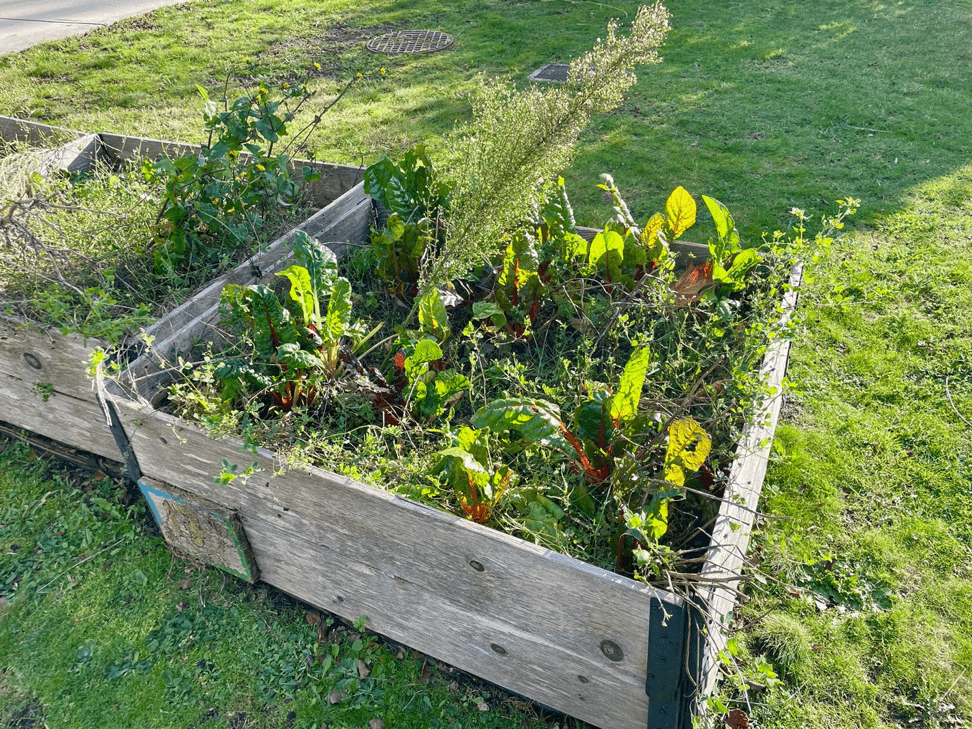
To help you start your own garden, here are two very useful resources worth checking out:
- Vancouver Tool Library: This library loans a variety of tools for home repair, gardening, and bike maintenance. If you don’t have gardening instruments, this service can be a great option.
- Kwantlen Seed Library: The Seed Library is located at the KPU Langley Campus Library and is available to everyone with a KPU library card. You can borrow seeds to grow your food and, after your harvest, return a donation of seeds to keep the cycle going.
Start planning your own garden now and grow not only plants but also a healthier, happier you!
References:
BC Brain Wellness Program. (n.d.). Nurturing wellness: The cognitive benefits of gardening. BC Brain Wellness. https://www.bcbrainwellness.ca/blog/nurturing-wellness-the-cognitive-benefits-of-gardening
Community Garden Builders. (n.d.). Kwantlen Campus Garden. https://www.communitygardenbuilders.com/garden-kwantlen-campus-garden
Hopwood, J., Vaughan, M., Shepherd, M., Biddinger, D., Mader, E., Black, S. H., & Mazzacano, C. (2015). Pollinators in natural areas: A primer on habitat management. The Xerces Society for Invertebrate Conservation. https://xerces.org/sites/default/files/2018-05/13-003_02_XercesSoc_Pollinators-in-Natural-Areas_web.pdf
O’Hanlon, R., Chey, J., & Brown, C. (2019). The cognitive and mental health benefits of gardening. Journal of Health Psychology, 24(10), 1371-1386. https://doi.org/10.1186/s13643-024-02457-9
Tunde, A., Dada, J. E., & Adeniyi, B. T. (2024). A systematic review of cognitive benefits associated with gardening. Systematic Reviews, 13, Article 20.https://systematicreviewsjournal.biomedcentral.com/articles/10.1186/s13643-024-02457-9



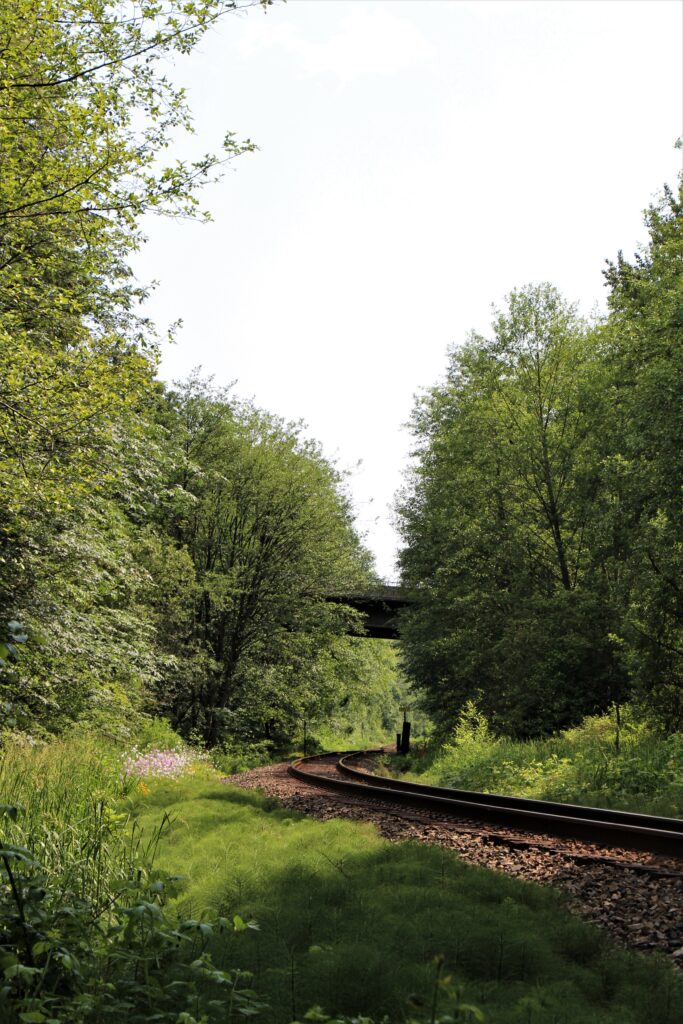

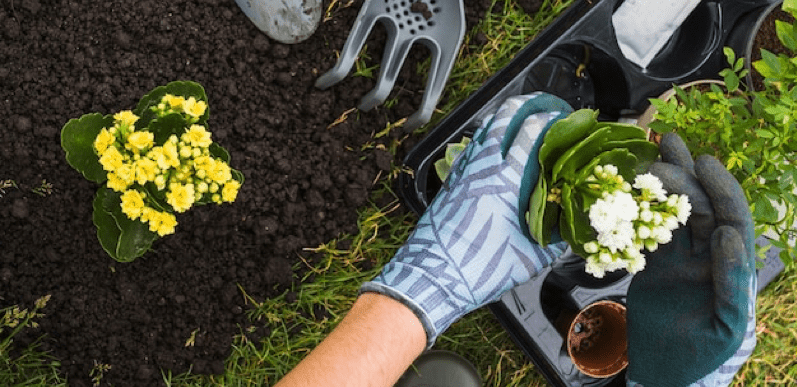
Leave a Reply